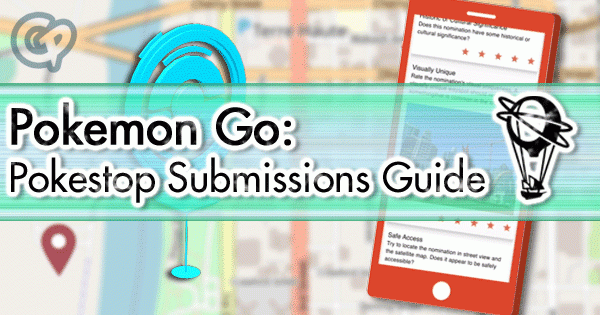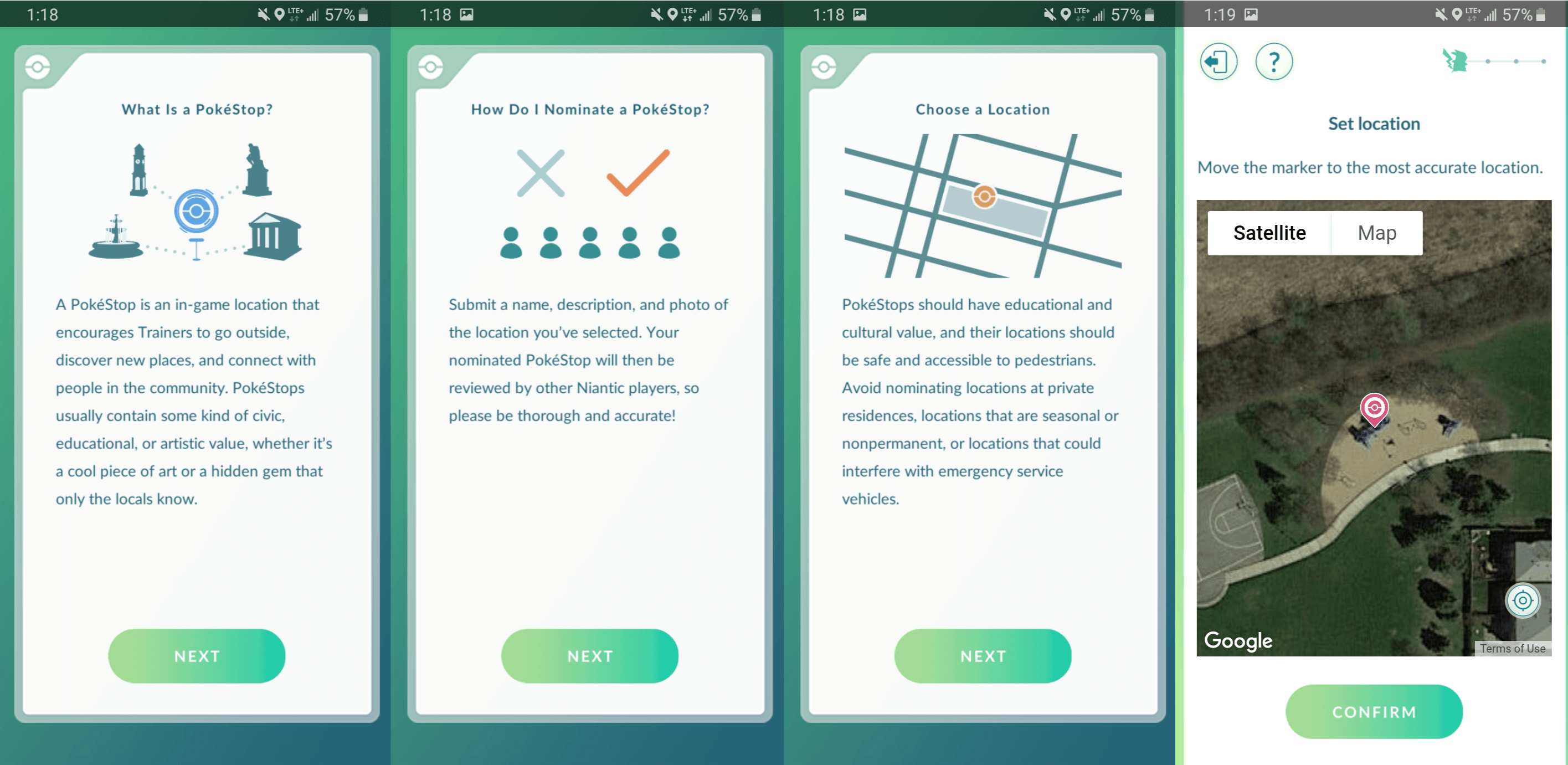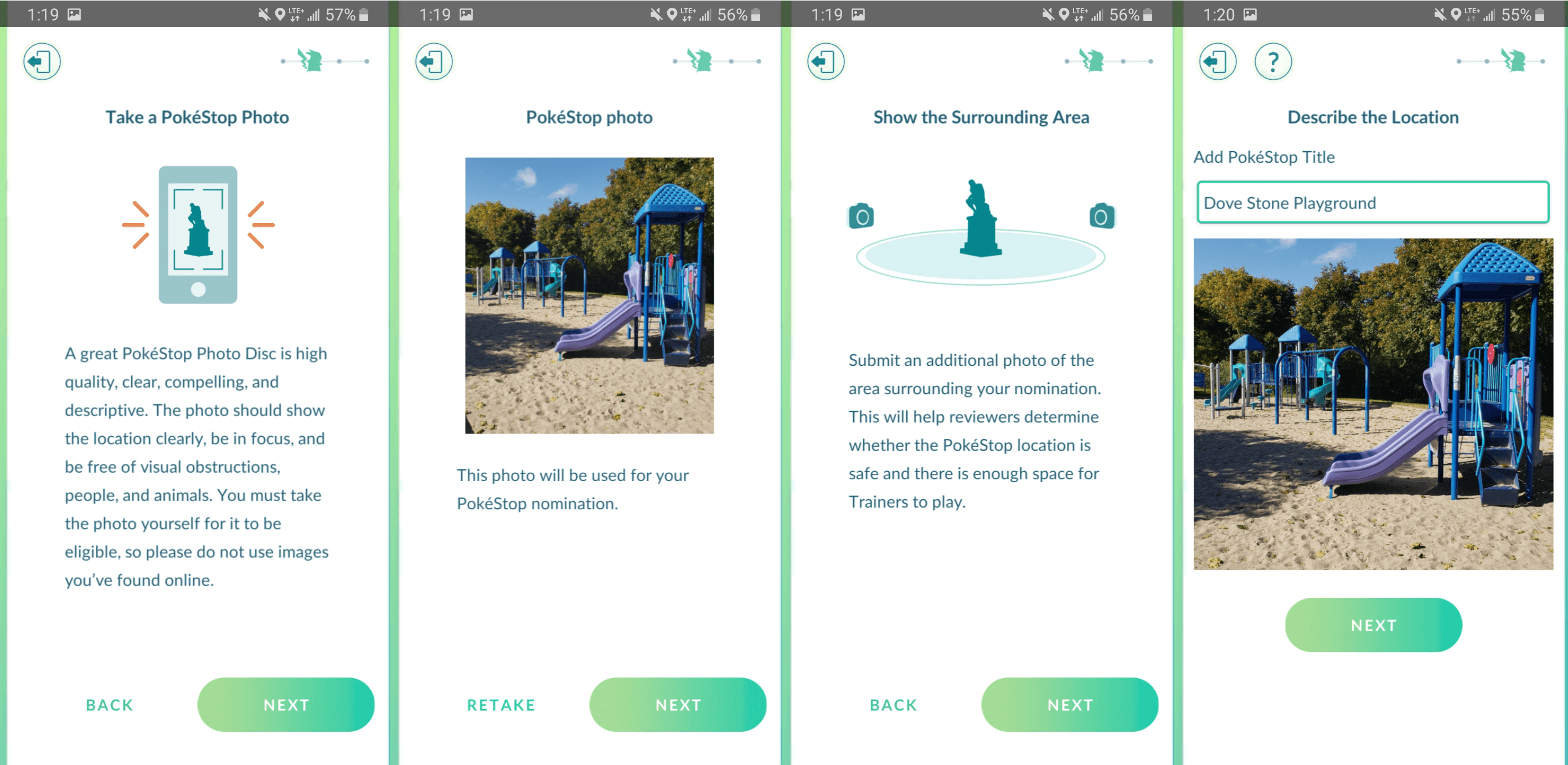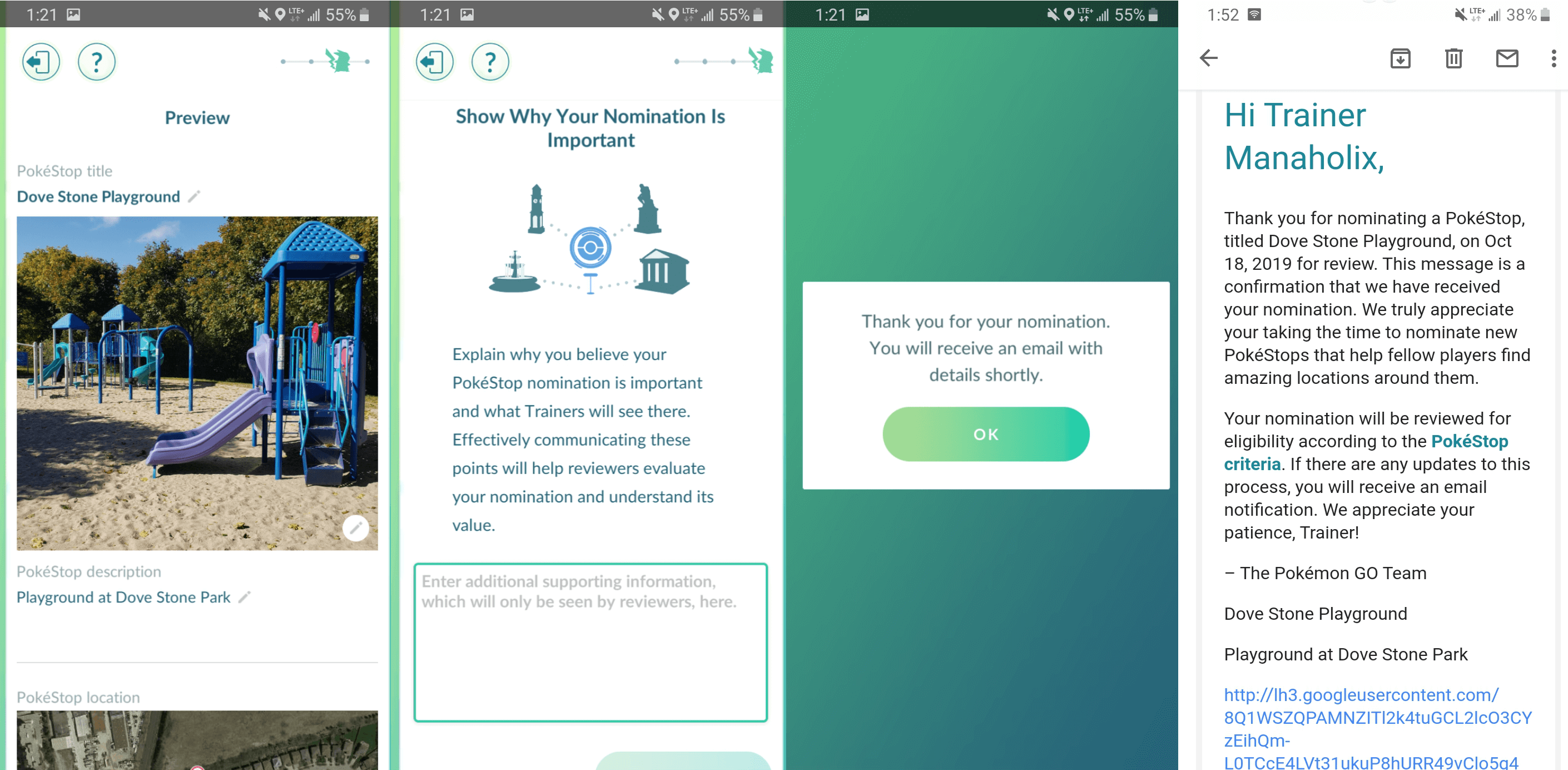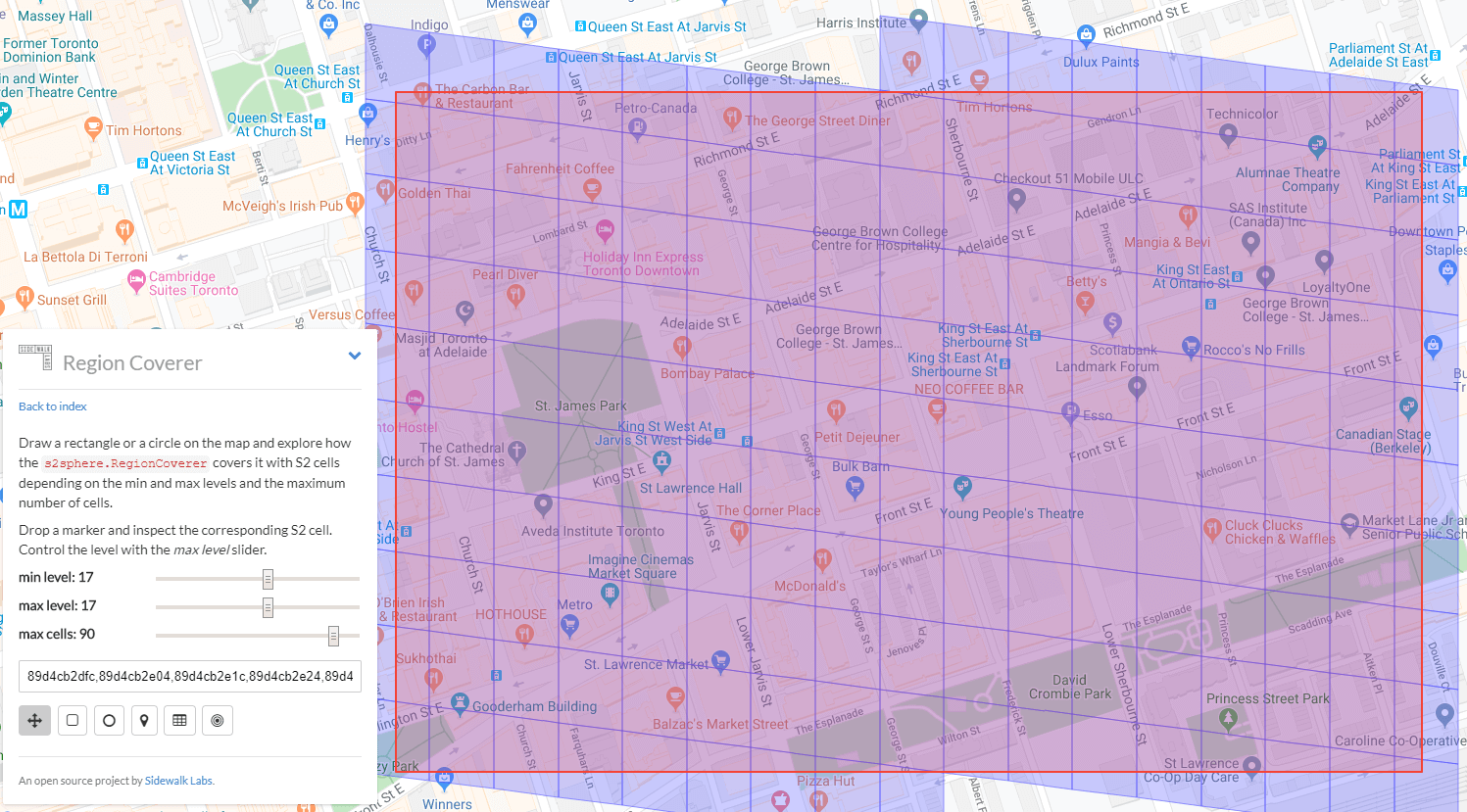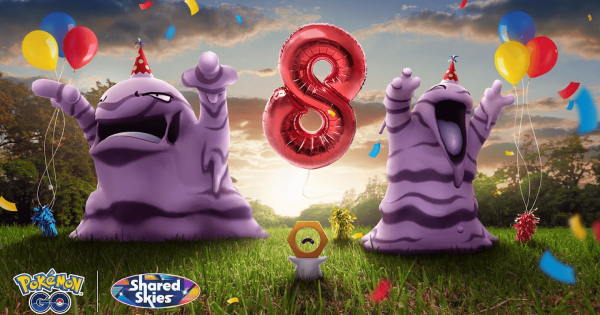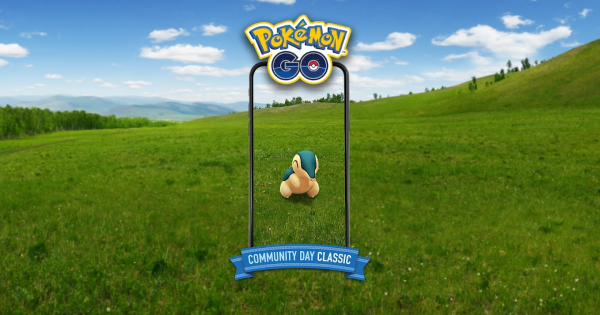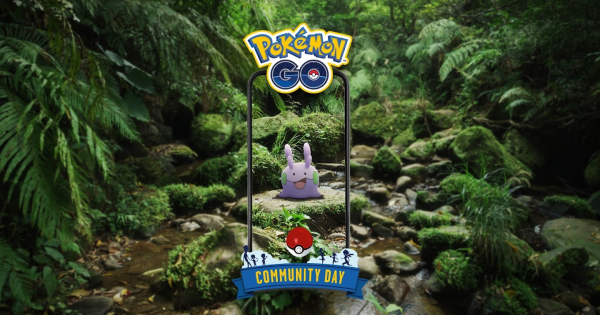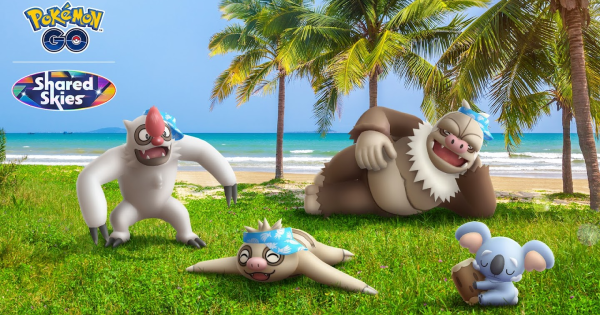Introduction
Pokestop nominations have been slowly enabled in a growing list of countries, and at the time of this writing, most recently in Canada. As more players globally gain access to this feature, so do questions about how it works. In this article, we go over the stuff you need to know about Pokestop nominations, and how to optimize your area.
The in-game tutorial is a good starting point. Brief instructions explain the process step-by-step, and are quite easy to follow. After you set the target location, the game will proceed to use your phone’s camera to take a picture of what the Pokestop disc image will look like. A second picture is required afterwards to show that the surrounding area of the Pokestop nomination is safe. Next, the game prompts the player to enter a name and description for the Pokestop. This does not need to be long and complicated, just something brief to explain the point of interest. The following step shows a preview of what the Pokestop would look like, and finally an explanation is required to explain to reviewers about the reasons behind the nomination. Again, this does not need to be lengthy or complicated. After you have submitted your Pokestop nomination, you should receive an email confirming the system received it, and you’re all set. Fingers crossed that your nomination gets approved!
Eligibility Criteria
This is where the technical stuff comes in, as not all nominations become Pokestops. Niantic has made a blog post which features a video explaining how to nominate a point of interest. Below is a list of of eligible and ineligible nominations that can be found on Niantic's website.
You can also find portal submission criteria on Niantic's Ingress website.
-
A location with a cool story, a place in history or educational value
-
Signboards with educational information
-
Historical (apart from just being old) or cultural significance
-
Statues, sculptures, murals, paintings, mosaics, light installations, etc.
-
Venues that showcase fine art (e.g., performance art theaters and museums)
-
Buildings designed by renowned architects or structures famous specifically for their architecture
-
A popular local spot that you would take a friend visiting your community for the first time
-
A popular spot where locals gather, but may be lesser-known outside the community
-
Tourist spots that showcase local flavor and culture and that make your city/neighborhood unique
-
More off-the-beaten-path tourist attractions (i.e., if you weren’t a local, you wouldn’t necessarily know to go here)
-
Adventurous tourist attractions - think lookout towers, observatories, signs or markers atop mountain peaks, etc.
-
Public parks
-
Public libraries
-
Public places of worship
-
Transit stations
-
Nominations that do not have pedestrian access
-
Nominations on the grounds of primary/ elementary schools, secondary/high schools, preschools, kindergartens, or child care centers
-
Nominations within a private residential property (including farms)
-
Nominations that obstruct the driveway of emergency services and may interfere with the operations of fire stations, police stations, hospitals, military bases, industrial sites, power plants, and air traffic control towers
-
Nominations that are not permanent, including seasonal displays that are only put up during certain times of the year
-
Nominations that do not have a fixed location (e.g., operational boats/trains, food trucks, or mobile libraries)
-
Nominations that are not an object but a photo of people, body parts, or animals.
-
Nominations with a photo or other materials to which you do not own the copyright
-
Nominations with a low quality photo(e.g., pitch black/blurry photos or photos taken from a car)
-
Nominations that are a cemetery, gravestone, or burial ground
-
Nominations that are mass produced art pieces or objects. Don’t submit these unless the nomination has some cultural significance.
-
Nominations that are natural features. This includes nominations where the subject is a lake, river, stream, mountain, volcano, waterfall, etc.
-
Nominations that are adult-oriented stores or services (such as liquor stores, adult entertainment, shooting ranges, firearm stores, etc.)
Eligible Nominations
-
Street art or urban art
-
Informal artworks and works created with spray paint are eligible so long as they represent cool pieces of art.
-
-
Nominations with photos that include people
-
You may submit photos with people so long as they aren't the focus or posing for the camera.
-
-
Nominations that are indoors
-
Indoor nominations are eligible so long as they are accessible to the public in some capacity. Note that these nominations are less likely to be approved because they are more likely to be on private residential property (see the ineligible nomination criteria above) or to not be areas in which groups can congregate and play comfortably.
-
Ineligible Nominations
-
Graffiti tag
-
While spray-painted artworks and murals are acceptable, graffiti tags that just include the graffiti writer's name or initials are ineligible. Additionally, graffiti tags are often regularly removed so they may also be ineligible under the non-permanent criteria.
-
-
Generic local business locations
-
Generic local businesses don’t meet criteria on their own without having historical/cultural value, community significance, or distinctive architecture.
-
-
High-quality object with a low-quality image
-
A nomination that would otherwise be accepted is ineligible if the photo submitted is low quality.
-
-
Sculpture on a roundabout without pedestrian access
-
Regardless of any other criteria, if a nomination doesn’t have pedestrian access it is not eligible.
-
-
Nominations with photos that unnecessarily include people
-
As a general rule, don’t submit photos that include people if you can avoid it. If you can’t (like at a crowded tourist attraction), you may submit the photo with people so long as they aren't the focus or posing for the camera.
-
-
Decorative parking bollard
-
Objects that are mass-produced and have no cultural significance, therefore, do not meet eligibility criteria.
-
-
Nomination is private home that is a registered historic landmark
-
Regardless of historical value, if the location is being used as a private residence it is ineligible.
-
S2 Cells
Another thing to note is something called S2 cells. In simple words, S2 cells are basically Google’s way of mapping the world in 2D. Cells can be big or small based on their level. Level 1 cells are bigger than level 2 cells, which are bigger than level 5 cells, which are better than level 11 cells, etc. You can use a site such as https://s2.sidewalklabs.com/regioncoverer/ to figure out how S2 cells impact your local area.
With regards to Pokestop nominations, under normal circumstances only 1 Pokestop is allowed per level 17 cell. Therefore putting too many submissions close together wouldn’t be a good idea. If your area has a high density of points of interest, it may be worth the time to map out your area and carefully plot out which POIs to nominate so that your grinding route is most optimal. The distance between Pokestops doesn't seem to matter, as long as there's no other Pokestop in its level 17 cell.
Gyms are determined at level 14, which are bigger than level 17 cells. This means that multiple Pokestops can be in a level 14 cell, and if there are enough, some may convert to gyms. The criteria for gyms are as follows:
- If 2-5 Pokestops are in a level 14 cell, 1 converts into a gym
- If 6-19 Pokestops are in a level 14 cell, 2 converts to gyms
- If 20+ Pokestops are in a level 14 cell, 3 converts to gyms
You can read more about S2 cells here.
Conclusion
A grain of salt….or two…..
Even if everything is done properly, there’s still one caveat, and that’s approval. After a Pokestop is submitted, someone needs to review the submission and approve it before it can become a Pokestop. These people are usually Ingress players, in which you need to be level 12 in Ingress. Since it can be a lengthy process to reach a high level in Ingress in order to review submissions, it might be better to ask local Ingress players for help rather than trying to grind it out in Ingress yourself. This leads to the problem that players in some countries have experienced, which is the lack of submission reviewers. Due to possibly large amounts of submissions, reviewers may likely be overloaded with submissions to look through which slows down the process. Therefore if you want the best chances to have your submission approved, it might be worth doing your research ahead of time. Areas with high density like in downtown urban cores might have more strict requirements than more rural areas. You can read some tips from reviewers in this reddit post by u/SvenParadox.


